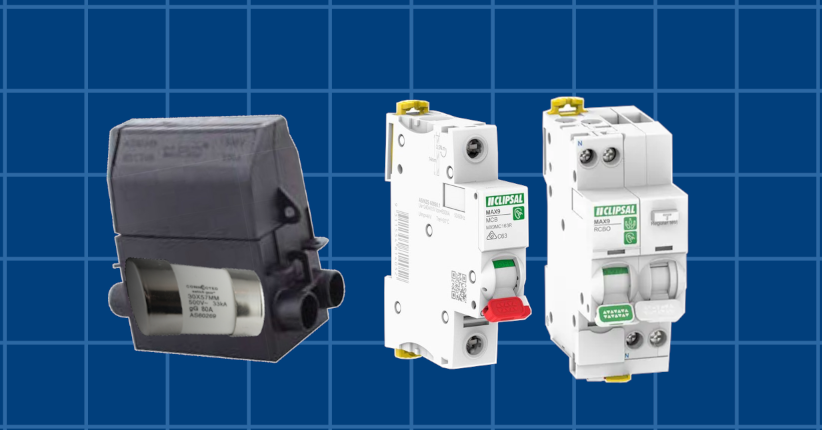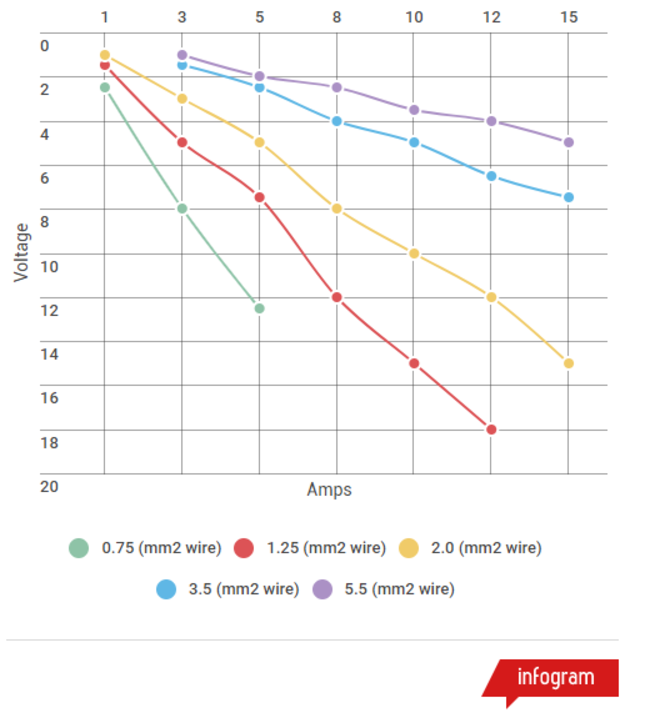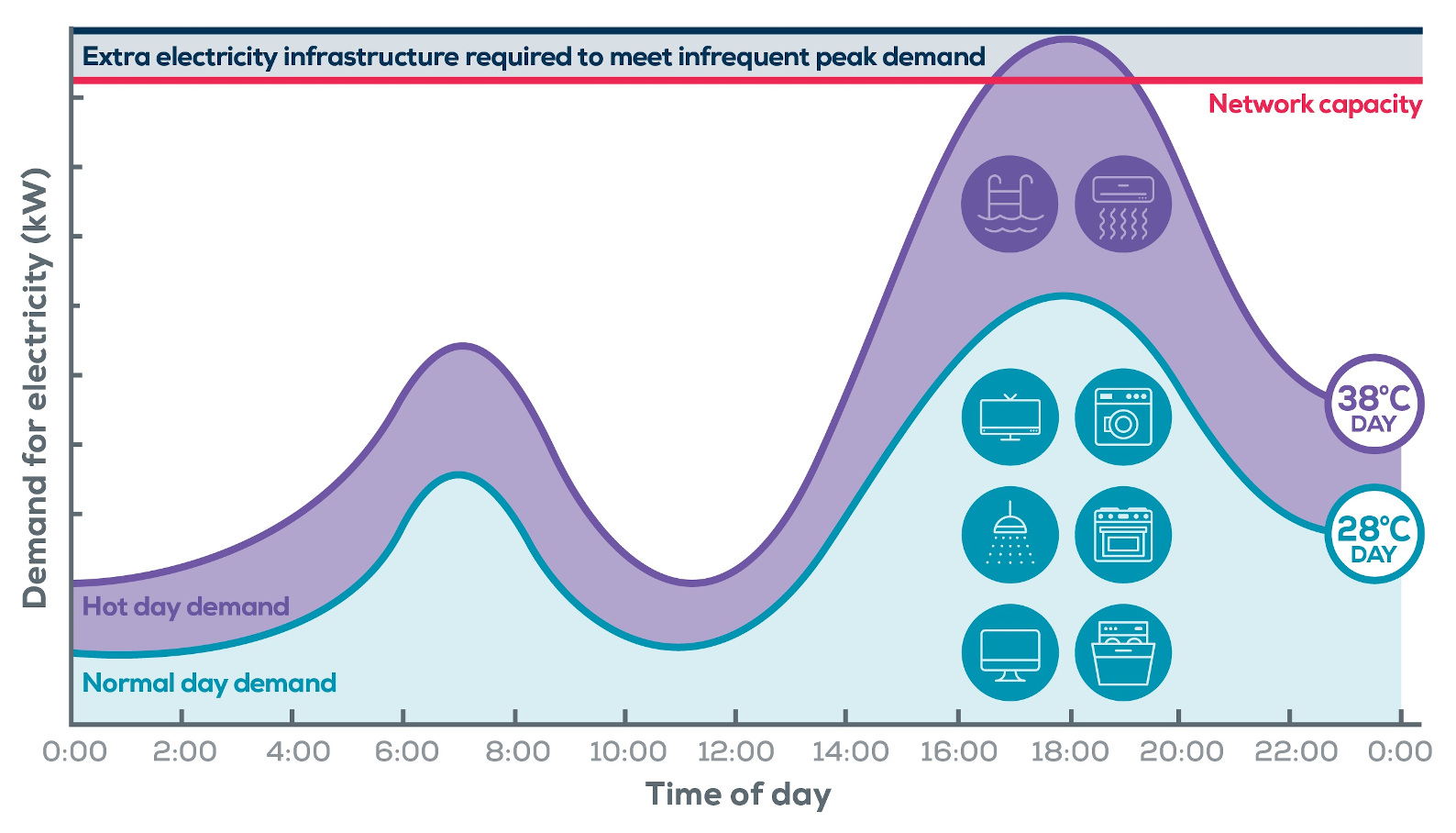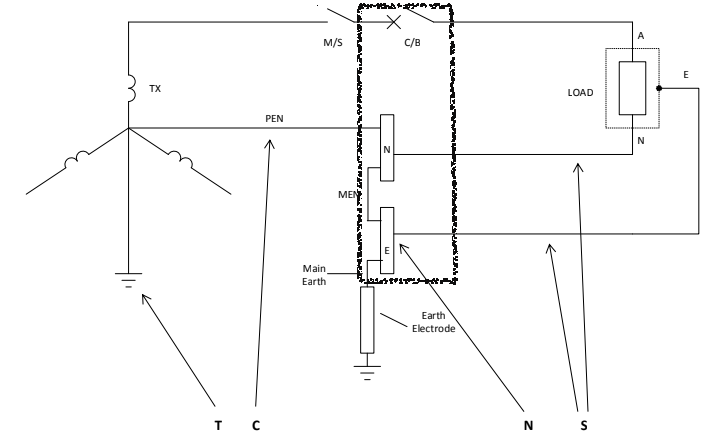Phew, I finally received my electrical license from New South Wales, Australia! And what does this actually mean? To be honest, not much to me—but I won’t deny it’s one less problem to worry about. After all, since the day I arrived in Australia (February 3, 2018), I haven’t had a single break.
It’s been a long journey, and my mood swings like a sinusoidal wave, with ups and downs. On the other hand, my growth as a professional, a human being, and most importantly, a family man follows a steadily rising linear path. I’m deeply grateful for everything life has given me because, no matter how hard things seem, I’m still here — giving my best every day and striving for a better tomorrow.
Without further ado, below are the steps to obtaining the license.
-
Work report
-
Certificate of proficiency
-
Permanent license
1 - Recognition of the profession
Trades Recognition Australia (TRA) was the authority responsible for recognising my profession. The entire process—from the initial contact to receiving the final document confirming my professional recognition—took approximately five months.
I went through the recognition process twice: first in 2019 and again in 2023.
The first time, I worked with an agency that supported me with the bureaucratic aspects, particularly in preparing and submitting the required documentation. The agency also acted as an intermediary between me and the assessing authority, while offering valuable guidance on study materials to help me prepare for the assessment.
By the time I completed the process again in 2023, I had a solid understanding of the requirements. This enabled me to handle the application directly with TRA, which made the process more straightforward and saved me approximately AUD $2,000 by eliminating the need for agency services.
The assessment has a total of 5 hours to get done and is divided into two parts: theoretical and practical.
The theoretical part covers basic electrical concepts and includes questions that require the description of common situations faced by an electrician on a daily basis.
The practical part consists of three stages:
- Residential installation – where it is necessary to install a residential circuit and perform all mandatory safety tests.
- Fault detection – focused on identifying and correcting faults in an electrical installation.
- Direct motor starting (DOL) – which assesses the ability to correctly connect a motor using the direct starting method.
If the candidate passes the assessment, they will receive a response on the same day, followed by the assessment document via email within two weeks.
2 - Provisional license
This was the simplest part of the entire process.
I applied for my provisional licence in 2019, so some steps may have changed slightly since then.
In my case, I submitted my application in person at a NSW Service Centre. The key requirements were:
- Valid identification (I used my passport)
- A physical copy of the assessment
- Proof of address
- Payment of the fee (approximately $300)
The provisional licence typically arrives within 2–4 weeks.
3 - Additional training
GAP Training
The next step for those seeking to obtain their final electrical license in Australia is to enroll in a GAP Training course at a Registered Training Organisation (RTO). Upon completion, the certificate issued is the Certificate III in Electrotechnology Electrician, and the course typically lasts around four months.
The main goal of this course is to introduce and guide foreign-qualified electricians — who have been assessed by Trades Recognition Australia (TRA) and hold an OTSR (Offshore Technical Skills Record) — in understanding the standards and requirements of the Australian electrical industry.
Key references during the course include the Australian Standards:
- AS/NZS 3000 (Wiring Rules)
- AS/NZS 3008.1.1:2017 (Selection of Cables)
The course also aims to familiarize students with local electrical work practices in Australia.
In my case, I completed the course at Superior Training Centre, with both in-person (theory and practical) and online classes.
The course was structured into the following modules:
NAT10809001— Apply Australian Work Health and Safety practices in the electrical workplace (R3.0)NAT10809002— Document and apply control measures for Australian electrical workplace hazards and risks (R3.0)NAT10809003— Apply Australian standards and requirements to solve LV a.c. circuits/systems problems (R3.0)NAT10809004— Select protection devices and systems for low voltage circuits and apparatus (R3.0)NAT10809005— Select wiring systems and cables for low voltage electrical installations (R3.0)NAT10809006— Verify compliance, functionality and aspects critical to the safety of electrical installations (R3.0)NAT10809013— Lay and connect Australian telecommunication services for multiple access (R1.0)UEENEED101A— Use computer applications relevant to a workplace (R4.0)
⚠️ At the end of each module, a test is conducted, and a minimum score of 95% is required to pass.







